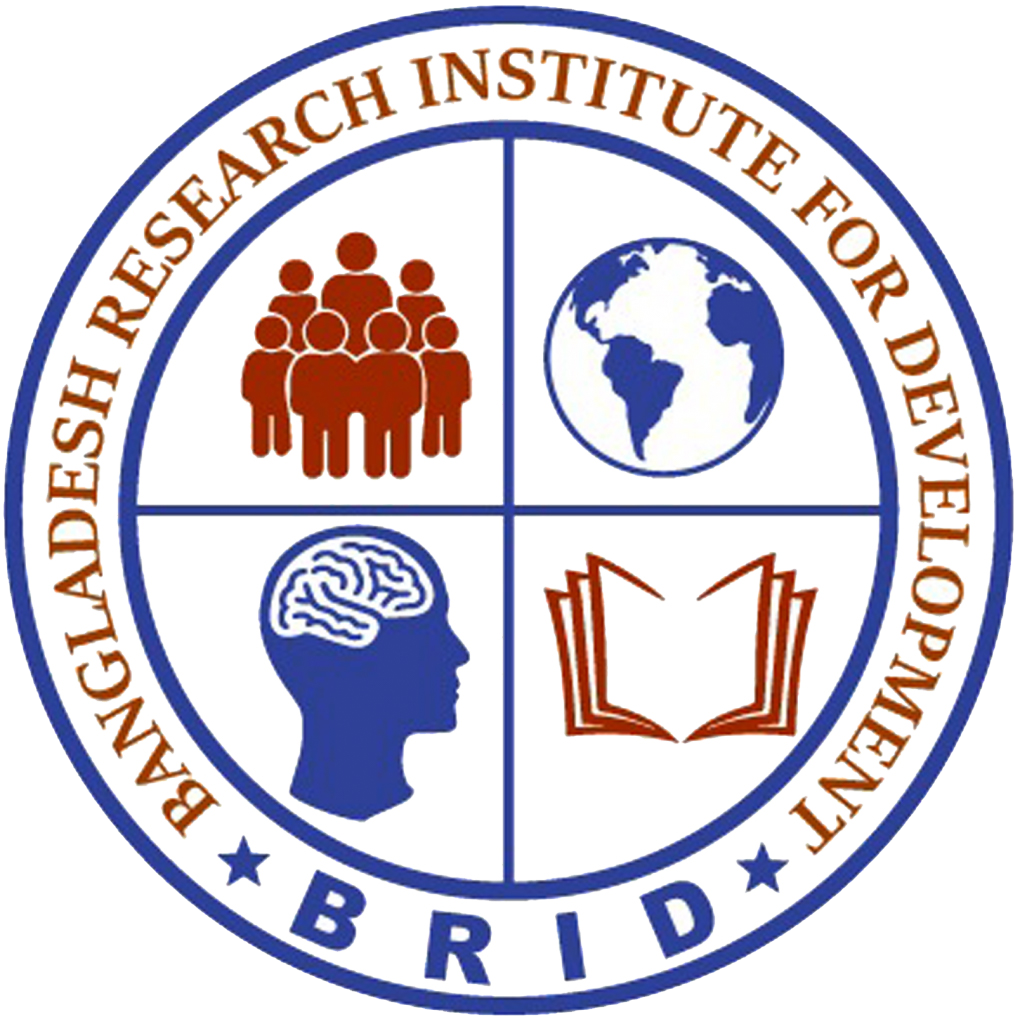Executive Summary
Reduction in Water Contamination
Waste can contaminate water sources if not properly disposed of. This can occur if waste is not placed in sealed containers or if it is not disposed of in designated areas. In Parbatipur Municipality, a huge amount of water has been contaminated daily due to improper waste disposal practices. The current scenario is different if it is compared to the previous time. Citizens are becoming more aware by the intervention of SABUJ project. The extent of water pollution has been reduced. According to the 32.5% households the water contamination has decreased. The KII data also revealed that the water contamination has reduced to a small extent. If the project continues it supports the amount of water polluted by waste would be lowest after a period of time.
Reduction of the Diseases
76.72% of household data proved that the incidence of diseases has reduced than before. Qualitative data from KII & FGD also shows that diseases such as allergies, skin infections etc., are reducing in the targeted community. These findings suggest that implementing proper waste management practices in a community can have a positive impact on public health and can help reduce the incidence of certain diseases. Only 6.35% of survey data says that the incidence has increased. Moreover, it found that prevalence of waste borne diseases were reduced than before. The data revealed that there were 19 incidences of diarrhea in 2022 while 9 incidences were reported in 2022.
Agreed Structure of The Waste Management System
According to the 57.41% responses from the household survey, the agreed waste management structure is not placed. Additionally, 100% of KII respondents said though the situation has been changing to a better one, but the community still lacks it. Such as, there is no permanent dumping place and insufficient manpower for waste management. Although the project has taken some initiatives such as installing different colors bins, awareness building, installing structures in different places, etc. that are playing vital roles in proper waste management in the municipality. Moreover, it is depicted that the agreed structure of the waste management system still needs to be established. Proper infrastructural development for waste management is mandatory.
Change In People’s Behavior
The awareness raising and education were very effective in promoting changes in behavior related to waste management. This can include increased recycling, reducing overall waste generation, properly disposing hazardous materials, and supporting sustainable waste management practices.
Waste Management Practices
78.57% of the target households surveyed reported using at least two waste management practices. The most common practices reported were the safe disposal of harmful waste (70.63%), followed by waste segregation (57.94%), composting (56.88%), and proper disposal of waste (52.65%). All key informant interview (KII) respondents indicated that they follow more than two practices in their households. The most commonly reported practices among KII respondents were the safe disposal of harmful waste and the segregation of household waste. Many households also reported engaging in composting to use in their vegetable gardens.
Solid Waste Separation
According to the survey data, 74.34% of households reported separating solid waste generated by their household. This is a significant achievement of the project. However, the communities that were not included in the project and the newly included portion have not yet begun to follow this practice. More time, awareness, and support are needed to encourage these communities to adopt this practice as well. (to be continued)

